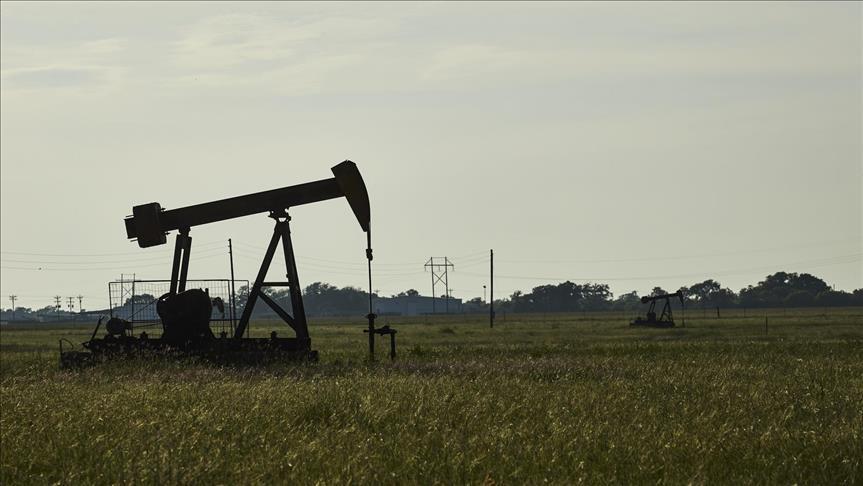Total crude oil production from the 13 members of the Organization of Petroleum Exporting Countries (OPEC), OPEC-13, decreased by 57,000 barrels per day (bpd) month-on-month in November.
According to OPEC's monthly oil market report released on Wednesday, total OPEC-13 crude oil production averaged 27.8 million bpd in November.
Crude oil output increased mainly in Venezuela, Libya and Kuwait, while production in Iraq, Angola and Nigeria decreased.
Venezuela increased its output by 23,000 barrels per day last month, while Libya and Kuwait saw increases of 21,000 and 19,000 barrels per day, respectively. However, Iraq, Angola and Nigeria recorded decreases of 77,000 bpd, 37,000 bpd and 17,000 bpd, respectively.
The share of OPEC crude oil in total global production stood at 27.4% in November.
Non-OPEC production including OPEC natural gas liquids, increased by around 400,000 bpd to an average of 73.9 million bpd in the same period. This is higher by 900,000 bpd year-over-year.
Production decreases in November were mainly seen in Russia and Kazakhstan and were partially offset by rises in Other Asia, Canada and Other Eurasia.
Thus, global oil production rose by 400,000 bpd during the same month, averaging 101.7 million bpd compared to October.
Meanwhile, the global rig count totaled 1,865 in November, an increase of 17 from October, with OPEC countries accounting for 449 rigs.
A total of four drilling rigs were decommissioned in non-OPEC countries and 13 rigs in OPEC countries.
- Global oil demand forecasts for 2023 and 2024
Global oil demand forecasts for 2023 remained unchanged from the previous month's estimate.
According to the latest OPEC oil market report, global oil demand is anticipated to rise by 2.5 million bpd to average 102.1 million bpd in 2023.
In 2024, global oil demand is expected to rise by 2.2 million bpd year on year to reach 104.4 million bpd, supported by resilient global GDP growth, amid continued improvements in economic activity in China.
Demand in the OECD region is expected to increase by around 300,000 bpd to average 46.1 million bpd next year, while demand in the non-OECD region is anticipated to expand by almost 1.9 million bpd year on year to average 58.3 million bpd.
“Continuous improvements in economic activity, steady manufacturing, and transportation activity mostly in China, Other Asia, and the Middle East, as well as in India and Latin America, are expected to account for the bulk of oil consumption,” the report said.
In terms of oil products, transportation fuels, including jet/kerosene, gasoline, and diesel, are expected to drive demand growth.
Petrochemical feedstock is also expected to support oil demand in the non-OECD region, the report added warning that “the forecast is subject to global economic developments, particularly uncertainties about the OECD’s manufacturing and petrochemical sectors.”
By Sibel Morrow
Anadolu Agency
energy@aa.com.tr


